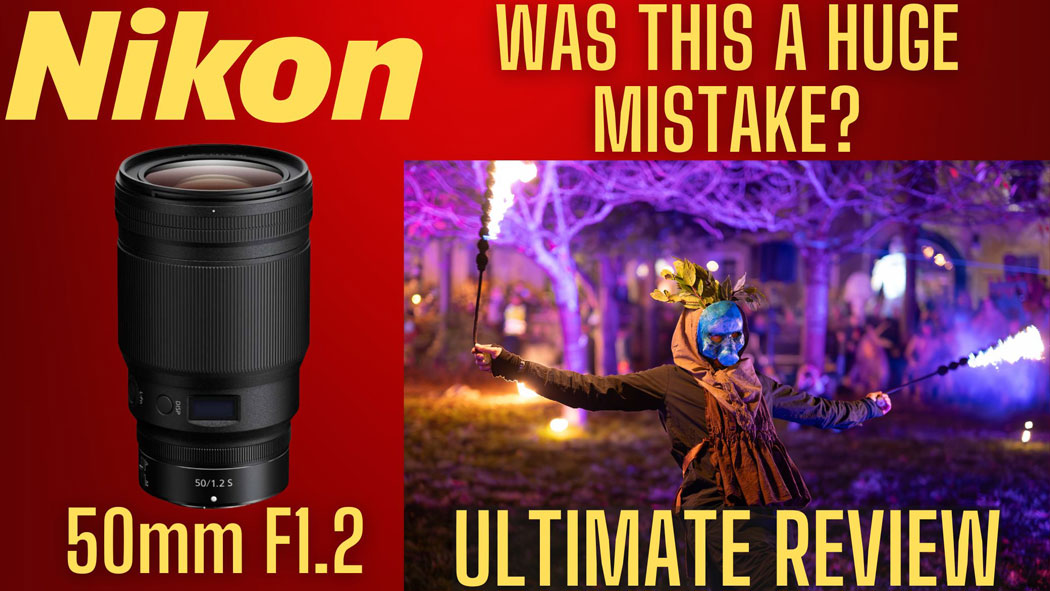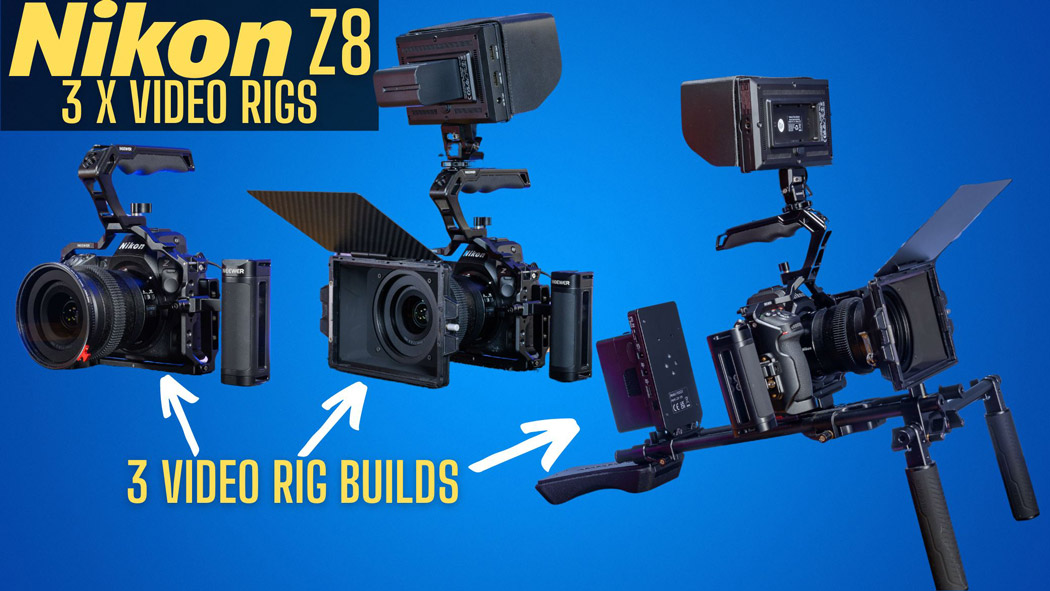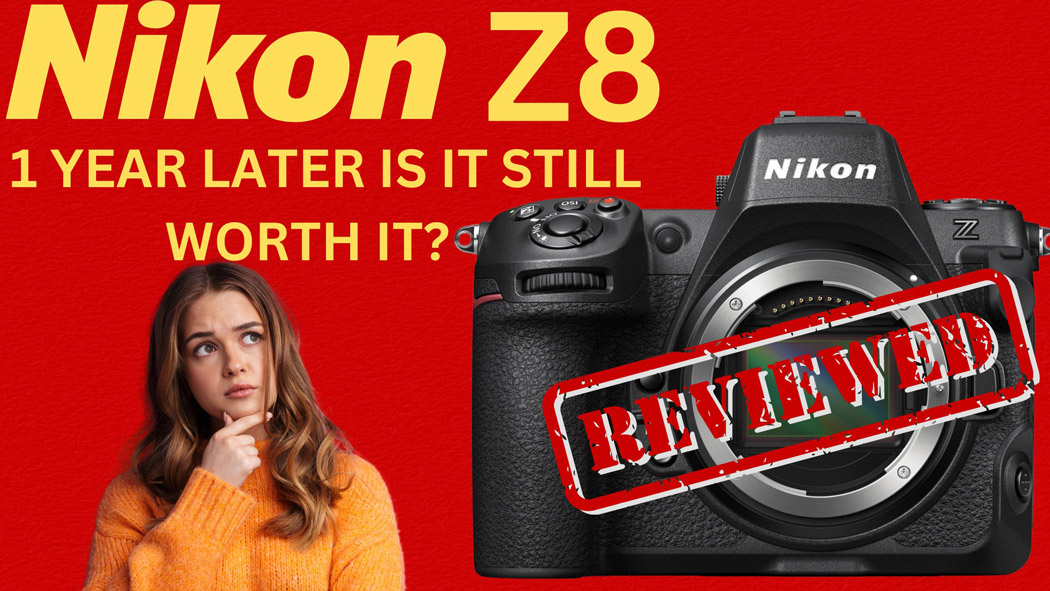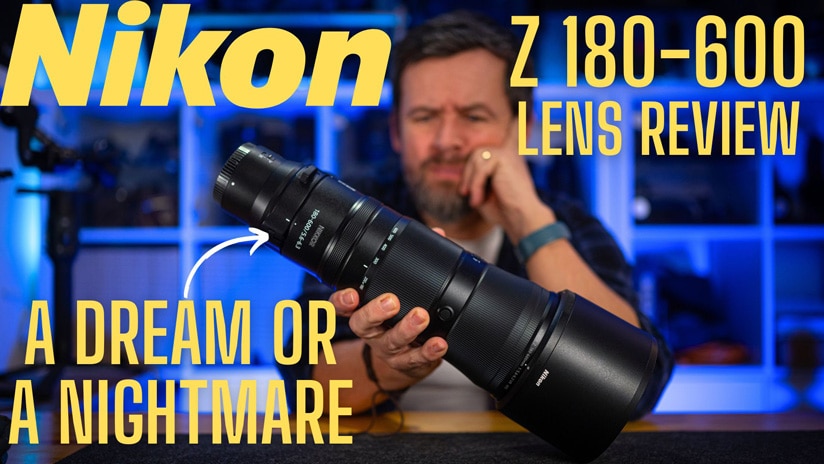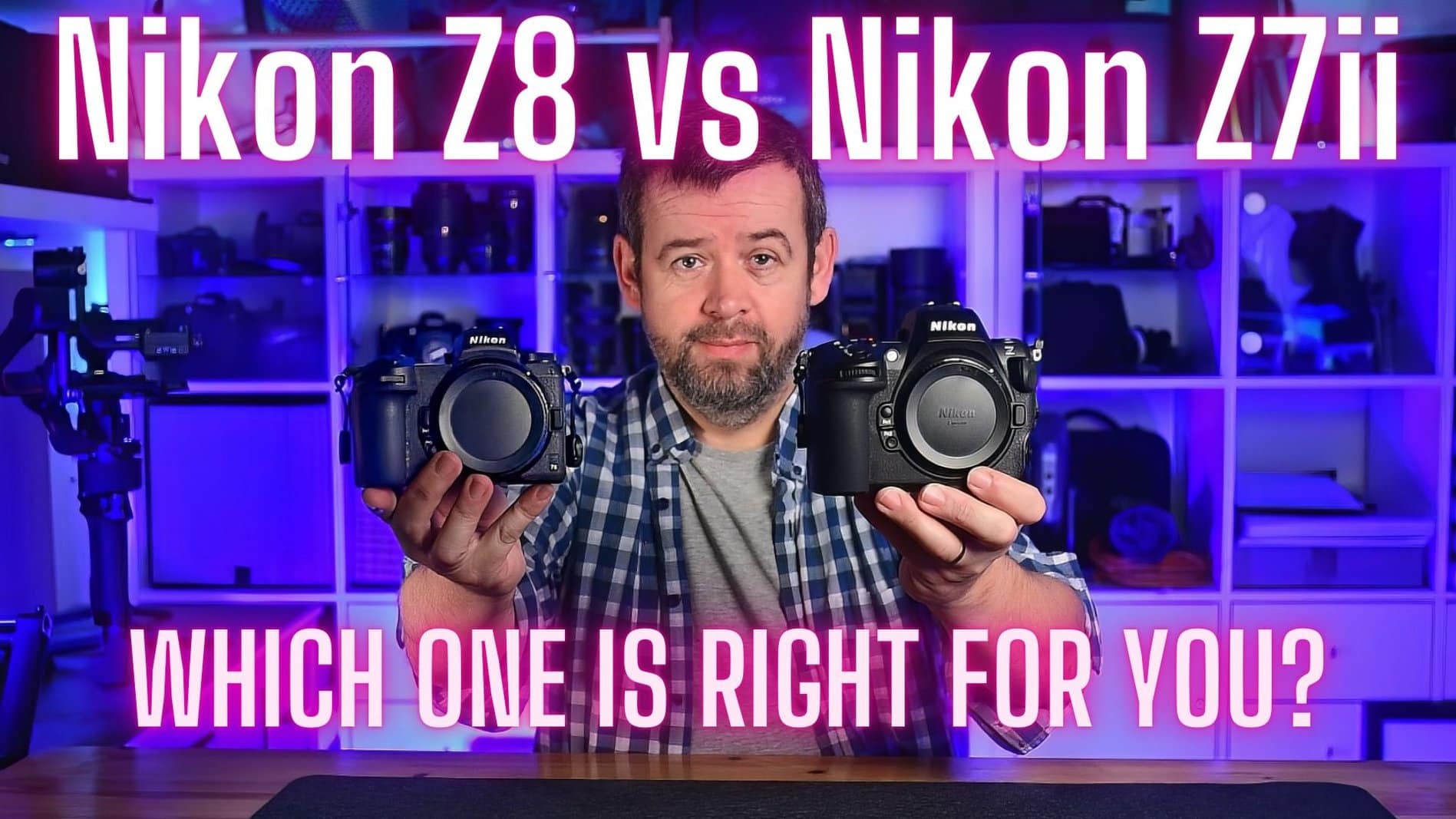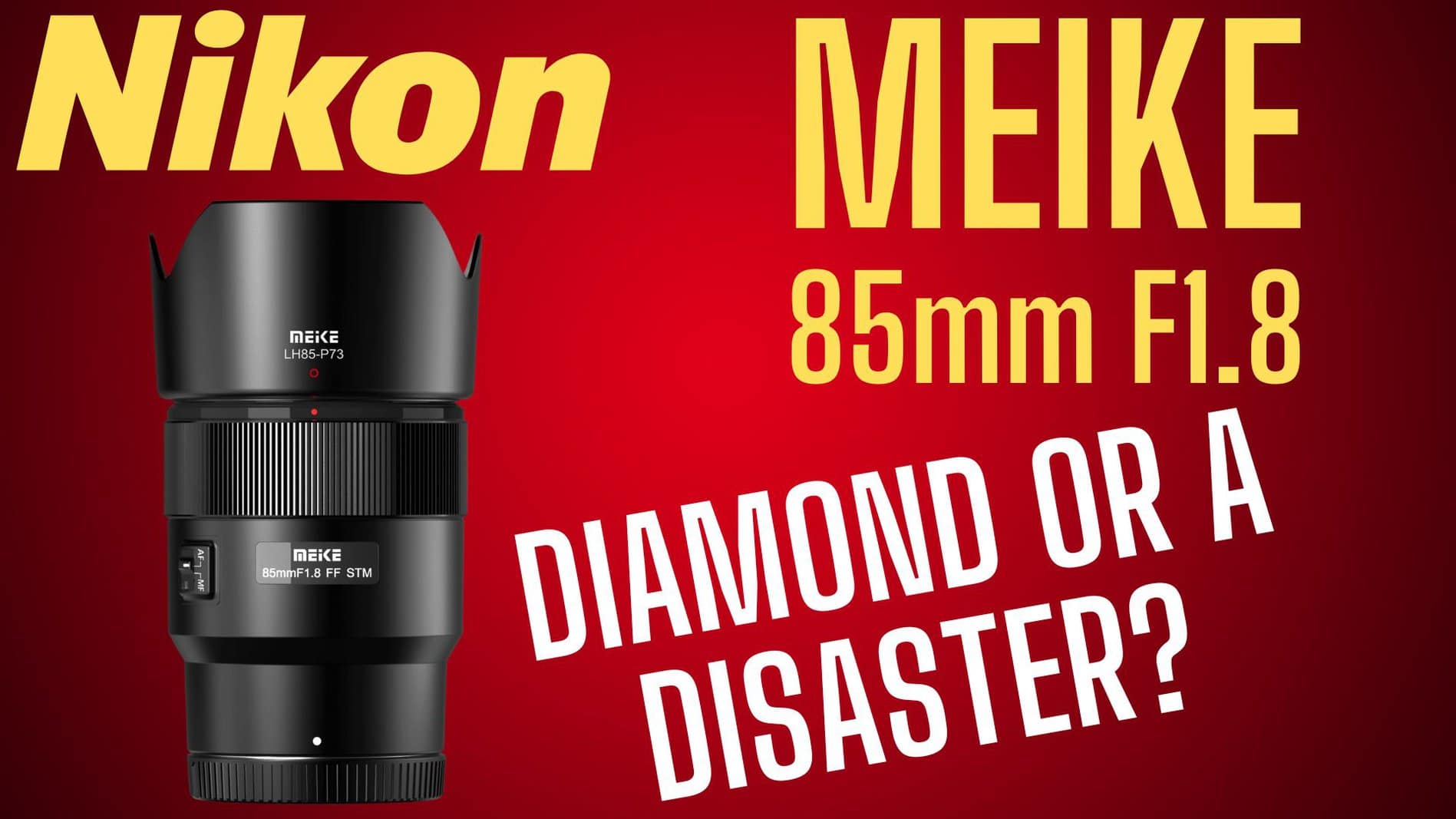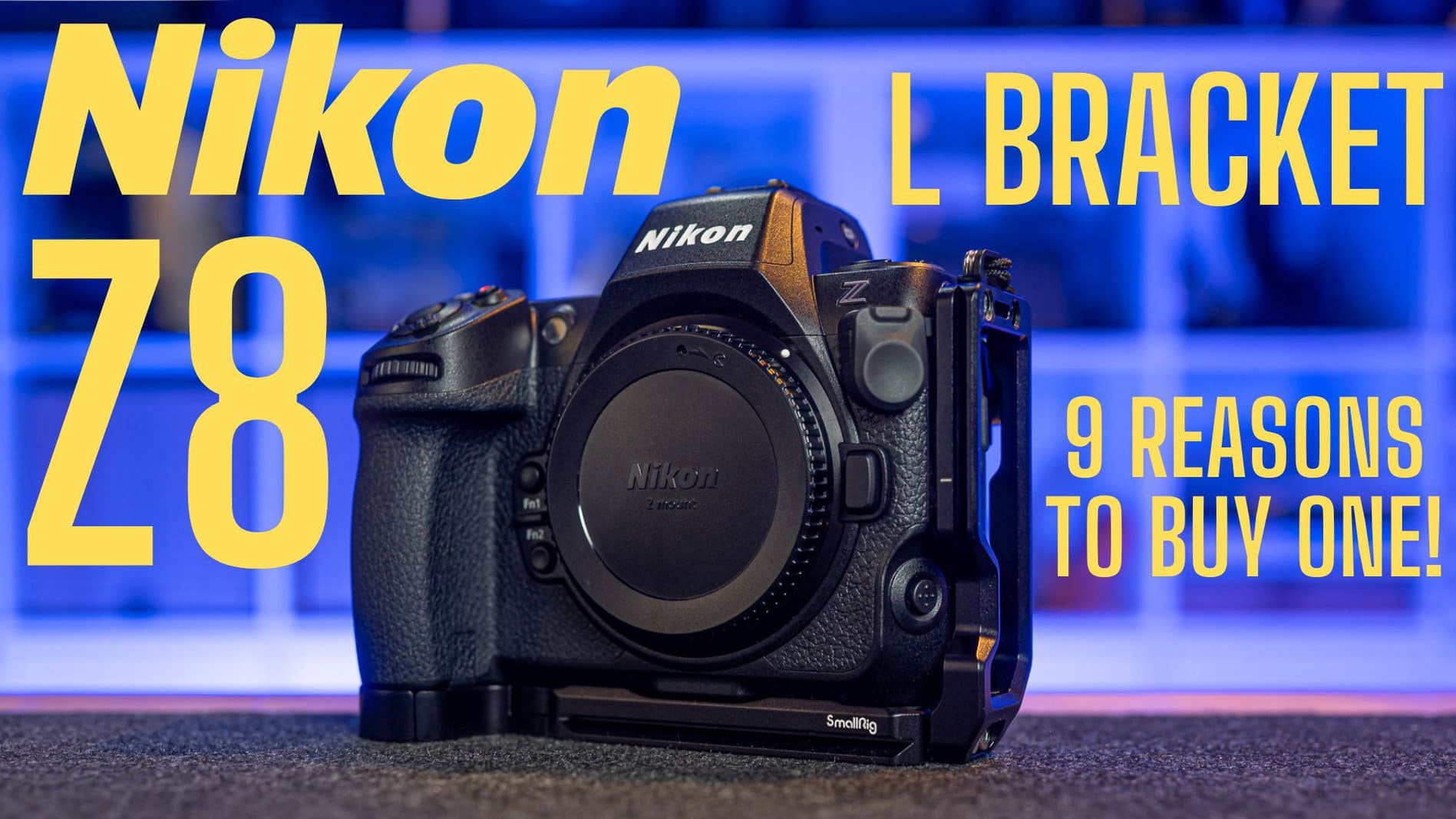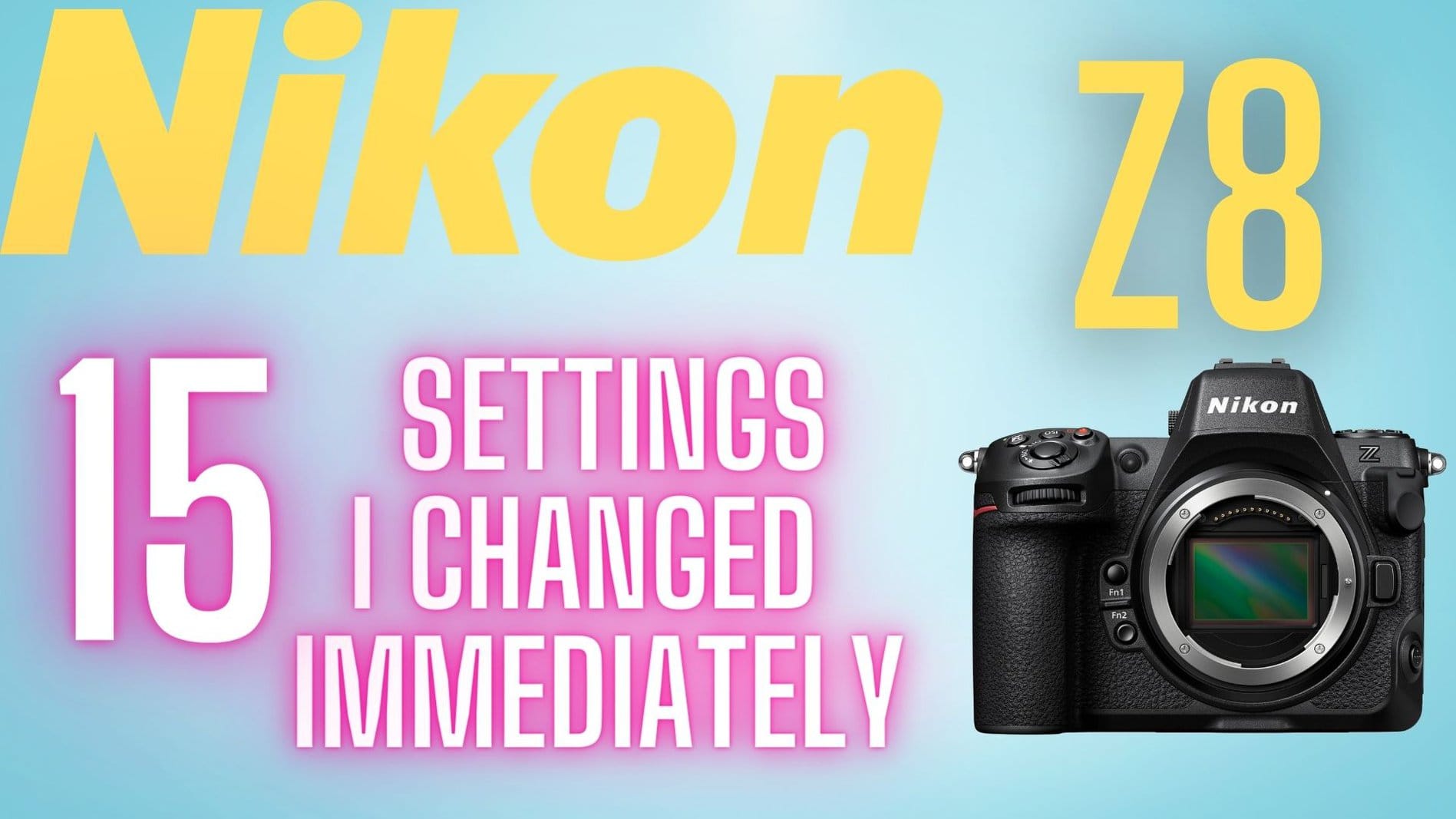Nikon Z6 & Z6ii Dual ISO settings and tips and tricks.
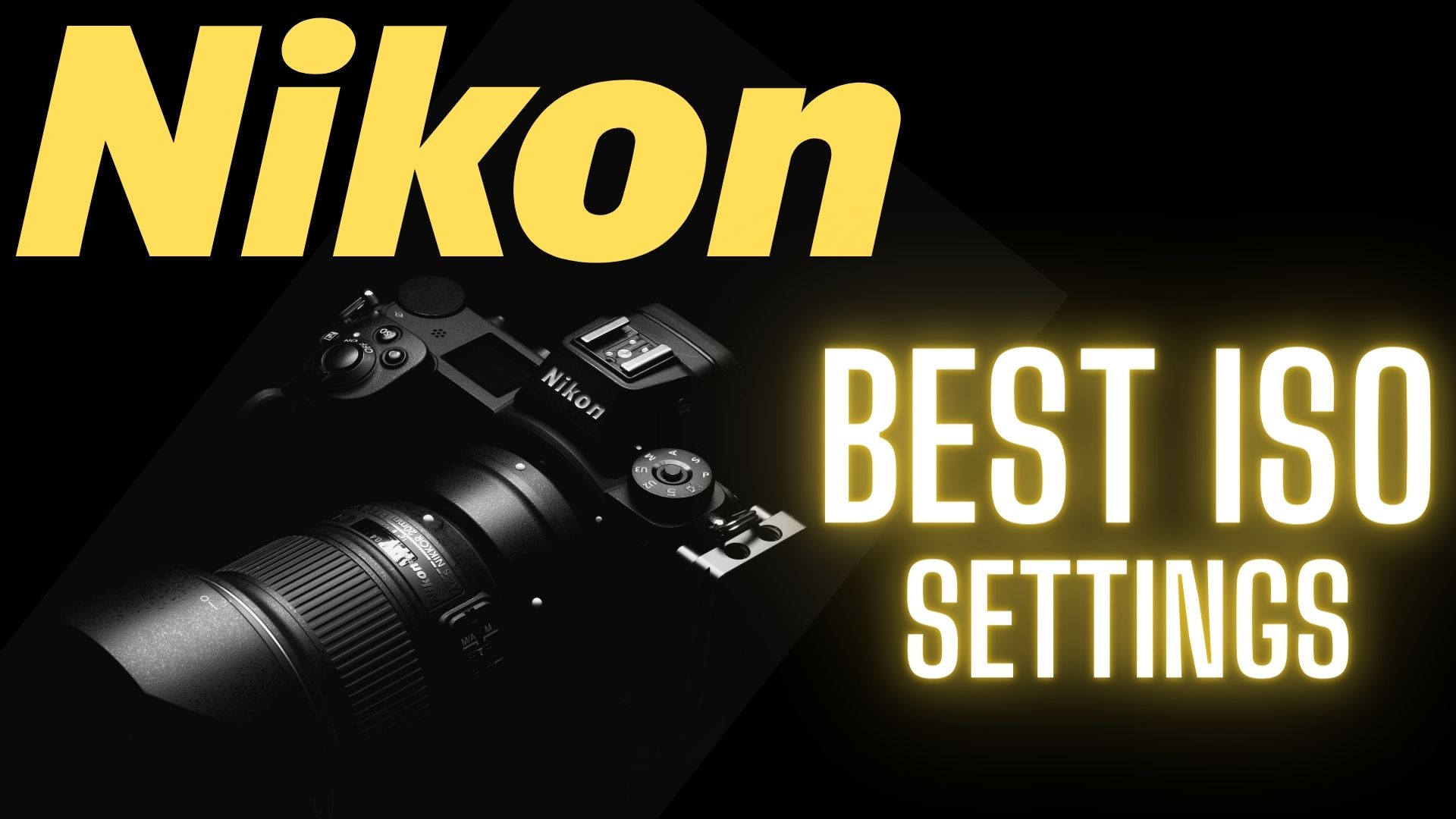
Nikon Z6 and Z6ii best ISO settings and dual ISO explained
It’s possible you could be using the wrong ISO settings on your Nikon Z6 or Z6ii and let me explain why that is…
The sensor in both the Z6 and Z6ii are identical hence the same settings apply for both of cameras.
Now, the above statement might seem a bit dramatic but stick with me while I adjust my ISO from 100 to 200 and then jump up to 400… Yes, you read that right I regularly skip ISO 400 on my Z6ii it all has to do with ta thing called Dual ISO, give me two minutes and I will explain it a lot better below.
Best ISO setting on the Z6 and Z6ii.
Now obviously the best ISO setting on the Z6 and Z6ii is the Native ISO 100 setting or the setting you need to capture your footage or photograph but did you know that the Nikon Z6 series has a built-in dual ISO setting?
The second (almost) Native ISO setting for these cameras is ISO 800, yes ISO 800 may very well be not as bad as you think it is, what’s even crazier is it gives you the same results as ISO 400! Ya, that was a surprise for me also when I first tested.
Personally when I am looking to boost my ISO and I am shooting on ISO 100 my next port of call is ISO 200 and after that I jump straight to ISO 800 as the results between 400 and 800 are nearly identical but it gives me the option to shoot at twice the shutter speed or shoot with one more F-stop for a larger depth of field if I need it.
I have it all explained in the video down below where you can see the images taken at different ISO’s and how there is practically no difference between 400 and 800.
Video results
As you can see in the video above the results between ISO 400 & 800 are practically the same so it means we are gaining one stop of ISO advantage across every ISO sensitivity at and over ISO 800 which is giving us the option that I mentioned earlier of doubling our shutter speed or increasing our depth of field by one full stop.
The point to note here is that if you are shooting at ISO 500 or 640 then your results could very well be worse than if you shoot at ISO 800, now that’s completely crazy and it’s all thanks to Dual ISO and the technology behind it.
Most modern digital cameras are starting to use Dual ISO now thankfully so make sure to check out your own camera to see if it has this facility.
The website I mentioned in the video is the one directly below so do pop on over and have a look yourself as it has a massive amount of information on it and has a massive list of models with noise responses and peak ISO settings.
When you go to the above website you will see a panel on the right where you can select your camera and once you do it will display the Noise to ISO chart for you so you can see if your cameras digital noise figures drop at a specific ISO sensitivity. If it does then your camera also uses Dual ISO so make sure to use that going forward.
How does Dual ISO work?
I will be popping up a blog post and video on how Dual ISO works in the next few weeks which will help to explain exactly how it all works and the technology behind it so stay tuned for that one.
See you out there,
Kieran.

